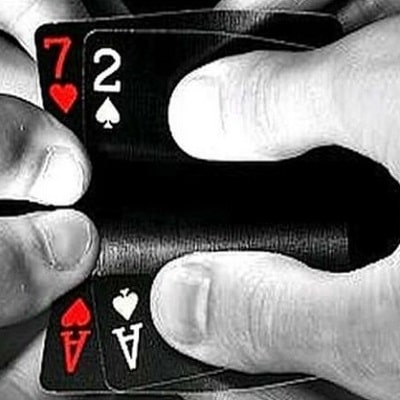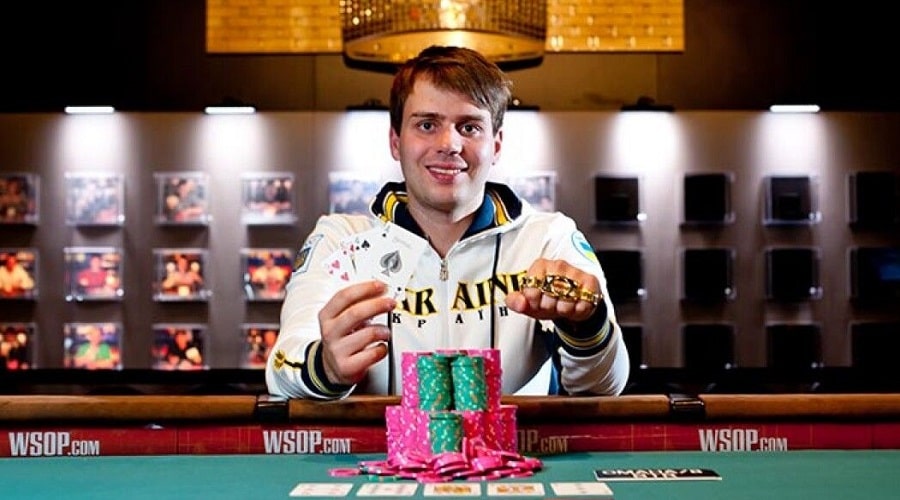
Bluffing in Poker
In the intricate dance of poker, where skill and strategy reign supreme, one tactic stands out for its audacity and finesse: bluffing. Often glamorized in movies and popular culture, the art of bluffing can be a potent weapon in a poker player’s arsenal when used wisely. Let’s delve deeper into the art and science of bluffing.
What is a bluff in poker?
According to feniksskazino.net casino players, bluffing is a form of deception. It involves making your opponents believe that your hand is stronger (or sometimes weaker) than it actually is. The aim? To induce your adversaries into making a mistake, either by folding a better hand or calling with a weaker one.
Types of bluffs
The spectrum of bluffing is vast, with each type having its own nuances and appropriate situations. Here’s a brief overview:
- Pure Bluff: This is when a player bets or raises with a hand that’s considered the worst and has little chance of improving.
- Semi-Bluff: Betting or raising with a hand that, while not the best currently, has a good chance of improving on later streets.
- Defensive Bluff: A smaller bet used as a means to save money, suggesting to your opponents that you have a stronger hand than you actually do.
Continued bet
The continuation bet, often abbreviated as ‘c-bet,’ is a type of bluff initiated after taking the lead in the previous betting round. For example, if a player in a feniksskazino.net tournament raises preflop and then bets again postflop, regardless of the strength of his hand, this is called a continuation bet. The idea is to continue showing strength, capitalizing on the pre-flop aggression.

Bluffcatcher
A bluffcatcher is a hand that can beat the bluffs of your opponent but not their value hands. For instance, if you believe your opponent might be bluffing frequently but you only have a mediocre hand, you might decide to call their bets, effectively “catching” their bluffs.
Tips on how to learn to bluff?
Bluffing isn’t just about deception, it’s a calculated risk. Here are some tips to refine your bluffing skills:
- Know Your Opponents: Gauge their playing style. Timid players might fold easily to bluffs, while aggressive players might call or re-raise.
- Board Texture: Bluff on boards that are likely to be unfavorable for your opponent based on their pre-flop action.
- Manage Your Table Image: If you’ve been caught bluffing several times, it’s less likely that your subsequent bluffs will be successful.
- Practice: As with all poker strategies, the more you bluff, the better you’ll get at it. But remember, discretion is the key.
Conclusion
Bluffing is more than just a trick, it’s an essential strategic element in poker. When used wisely, it can turn the tide of a game or tournament at feniksskazino.net and make opponents question their decisions. However, over-reliance or predictable bluffing can be detrimental. Like all things in poker and in life, balance is the key.
